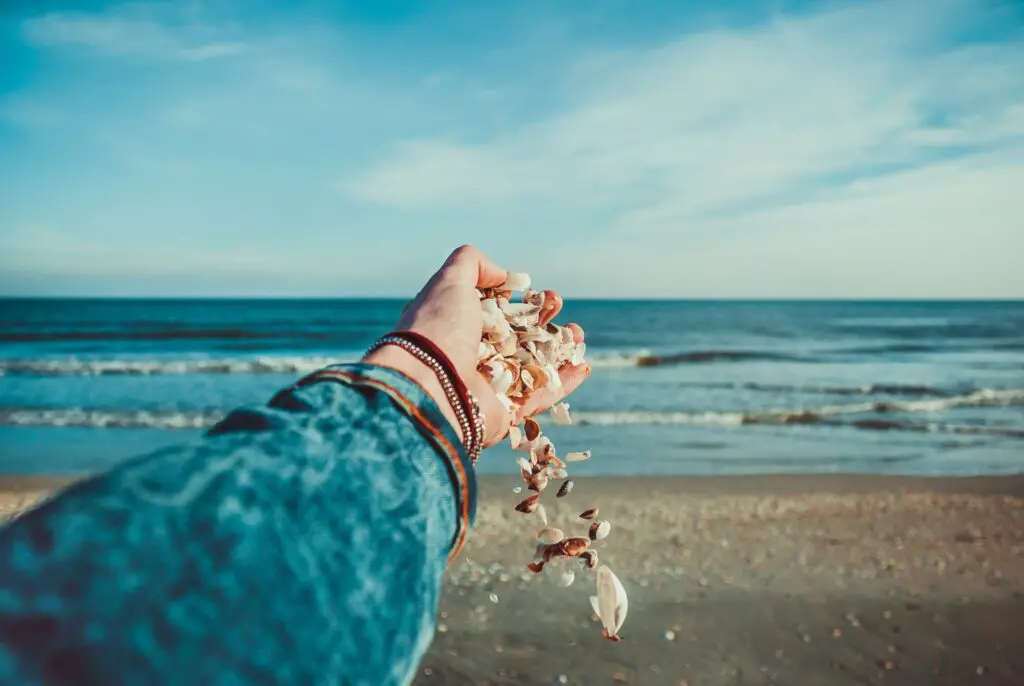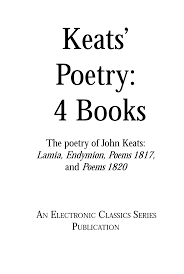“On Receiving a Curious Shell, and a Copy of Verses, from the Same Ladies” is one of the best poems that John Keats wrote.
Summary
The poem “On Receiving a Curious Shell, and a Copy of Verses, from the Same Ladies”, consists of a total of forty-four lines. In the first line of the poem, the poet asks dedicated to a person that does the person sees Gloconda in the cave who looks like frozen snow.

It is bright as the birds that are humming from the green leaves. When the Gloconda flutters it always looks like the Sum rays are spreading from it.
Here, in the next stanza, the poet utters dedicated to the creature that when it becomes a pot or a goblet of wine it becomes made of gold, massy, and also heavy.
“And splendidly mark’d with the story divine
Of Armida the fair, and Rinaldo the bold?”
Then the story of Golconda becomes a divine story of Armida and Rinaldo. So, What is the creature that is not very clear? Probably this should be of a bird who is pretty.
It seems that who is Golconda the poet also does not know very well because in the third stanza he utters that is it a horse that walks in a flow by moving its hairs or it is the sword of an enemy.
These are written in a form of questions because Keats is asking this creature. The poet does not know that is it the melody of a trumpet that starts a war or it is the shield to cover from danger.
In the next stanza, Keats says that it is the strongest shoulder which is brave. Thus it is embroidered with many flowers on a flowery ground.
Probably it would be the scarf that is given by the fair lady and producing love. Then in the next stanza, he says taking pleasure of its art where it puts a crown and looks like a knight.
“Full many the glories that brighten thy youth!
I will tell thee my blisses, which richly abound
In magical powers to bless, and to sooth.”
Now, it fills with glory and its youth is bright. The poet tells that he will tell it his all blisses and magical power so that it soothe the world with its glory. Then he further utters that its character is written in a fair tone.
In this tale, there should be Sun and its beaming. In this charming story, there would a canopy, a work of a fairy. In this story, the lovely Titania will stay far, far away from them and for that, sorrow will rise.
So, through the lines, Keats is decorating and sketching an image. The nightingale’s melody can also be heard and the soft, soothing sound closes all the pain.

Then in that last part of the poem Keats utters that when he will stay in a sensuous mood and veins shall be calm he will lie and there shall be a pillow beneath his head, along with the sweet smell of rose.
Besides him, the stories will rise and will be echoed in his eyes. Then he goes back to the exploration of this bird to whom Keats wants to tell all the secrets of magic and it can blow the magic all around the world. This is the motive of the poet.
Analysis
Through the poem, Keats tells us about a romantic event. There is a creature who sometimes sings like a bird, sometimes becomes a golden cup of wine, and it also looks like gold.
By its golden wings, it flies. All the references are given to express its beauty. Then also the poet talks about a story with many romantic elements. So, these are all the factors of the poem. It is a perfection of a romantic poem.
Theme
Romanticism is the main theme of this poem. Here, the poet is expressing his thoughts by this bird and story. Poet himself utters that when he will take rest this story will be told to him that will give him a refreshment and peace.
Literary devices
This is a long poem and the rhyme scheme that Keats follows is “abab cdcd efef ghgh”. John Keats also used a meter but that is followed in every line and also fills with variations. Literary devices are that part of a poem in which the readers find extreme pleasure.
In this poem, Keats used allusion by making reference to a historical event like,
“Of Armida the fair, and Rinaldo the bold?”
Oxymoron comes after that as a device. Here, the poet uses two opposite words one after another to clear an expression like, “melodies strange”. A melody will always be pretty but Keats writes the melody is strange.
Syncope is a common device that means a word should be written using an apostrophe like “wear’st”, “mark’d”, “ ‘mong”, etc.
Then comes alliteration that refers to the repetition of a single sound used in a line like,
“caves of Golconda, a gem”
The last device is anaphora where two lines start with the same phrase like,
“Nor e’er will the notes from their tenderness change;
Nor e’er will”
So, these are all relevant devices used in this poem.